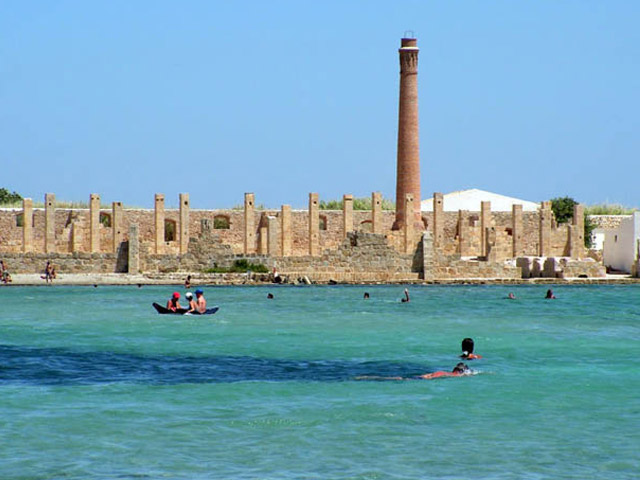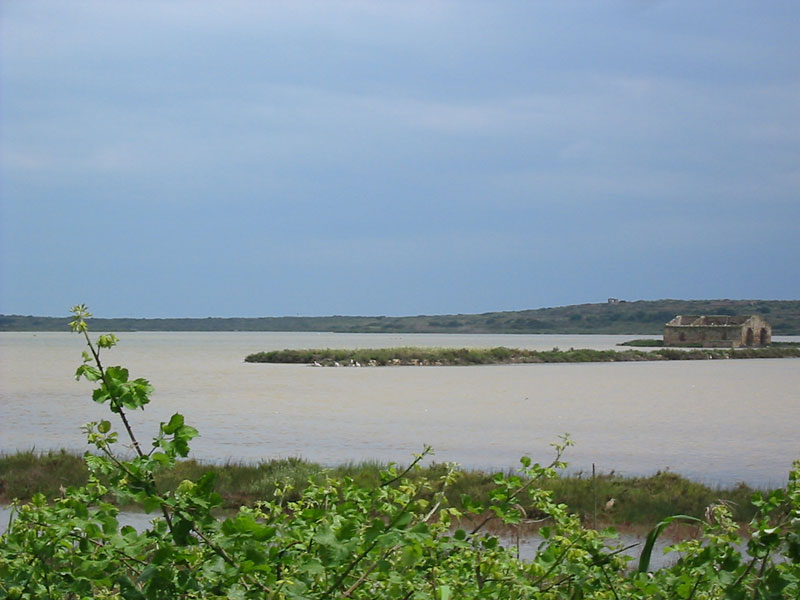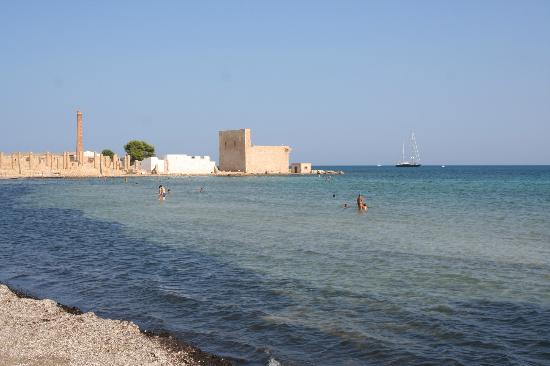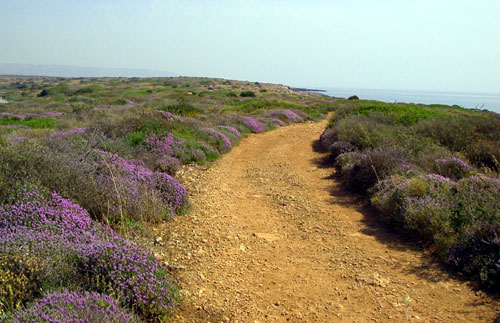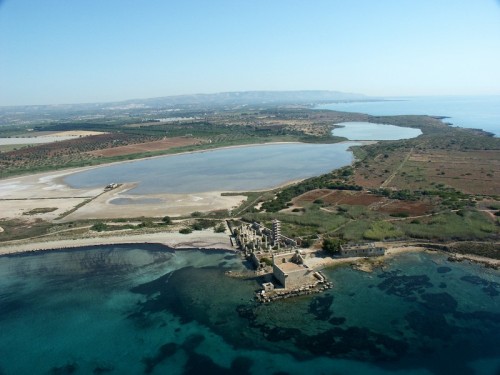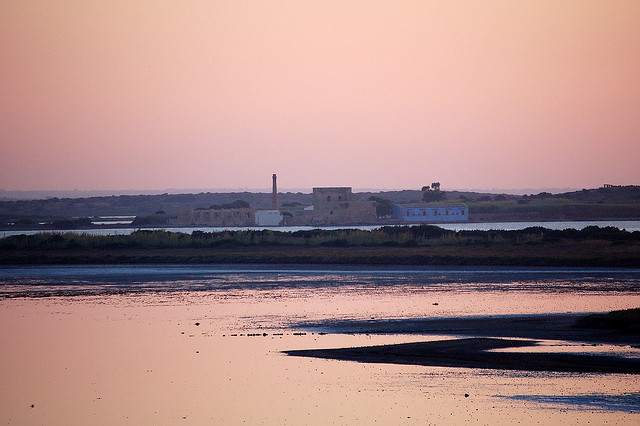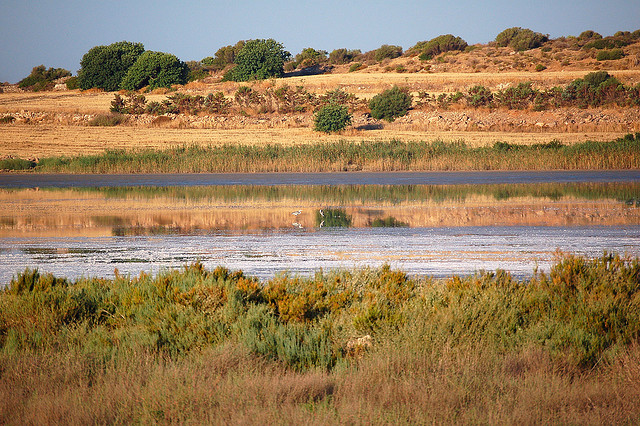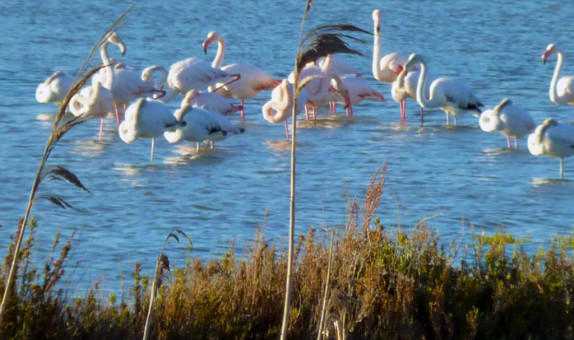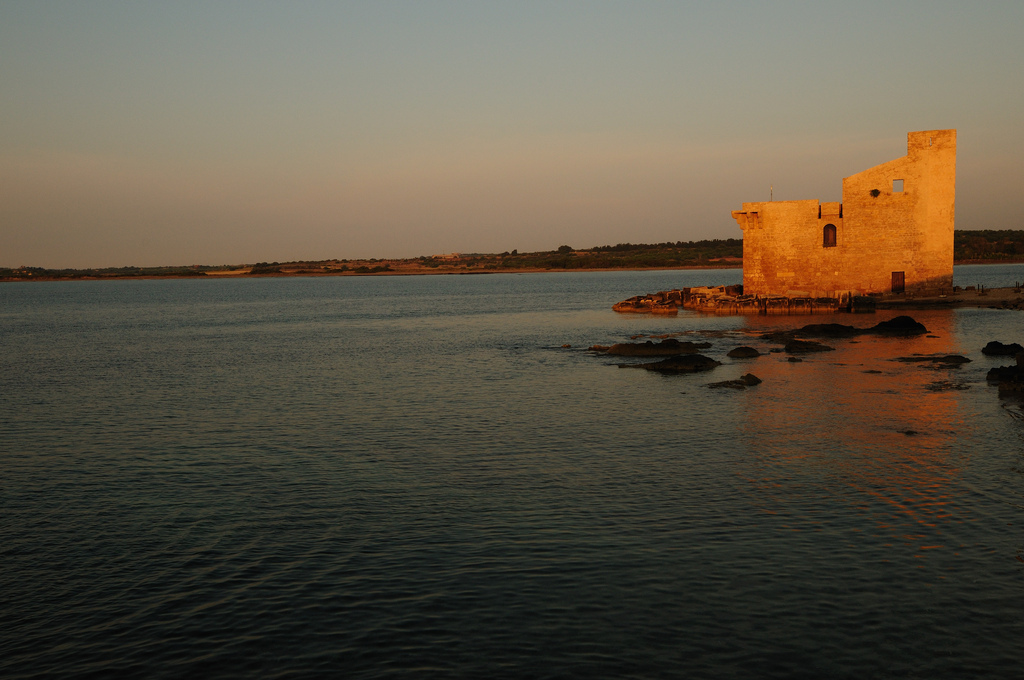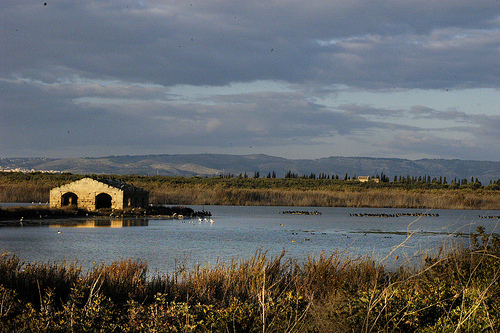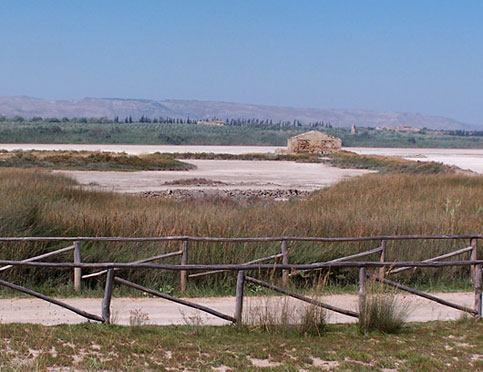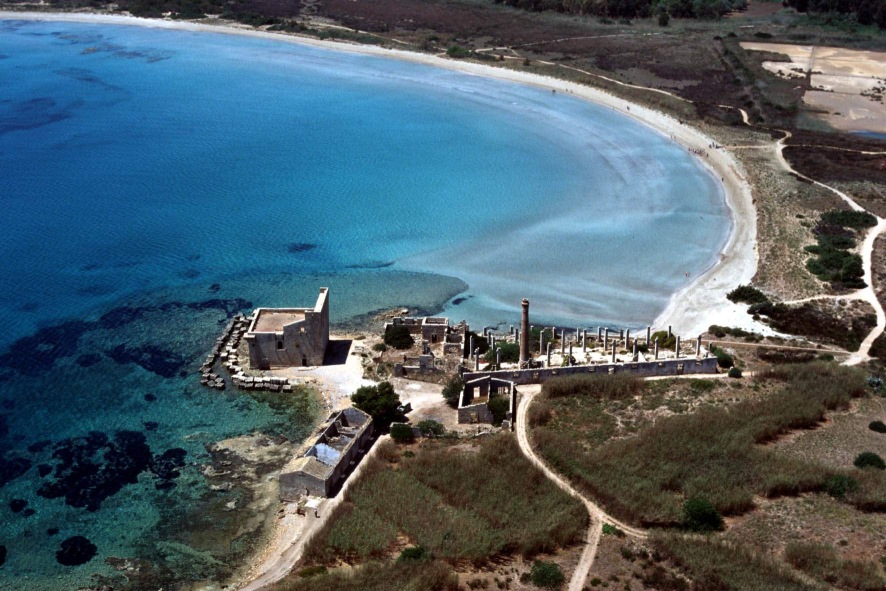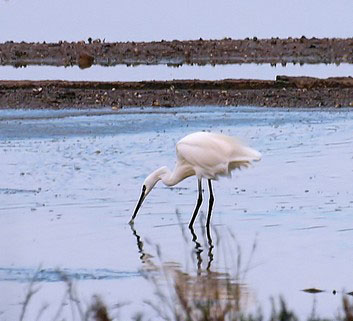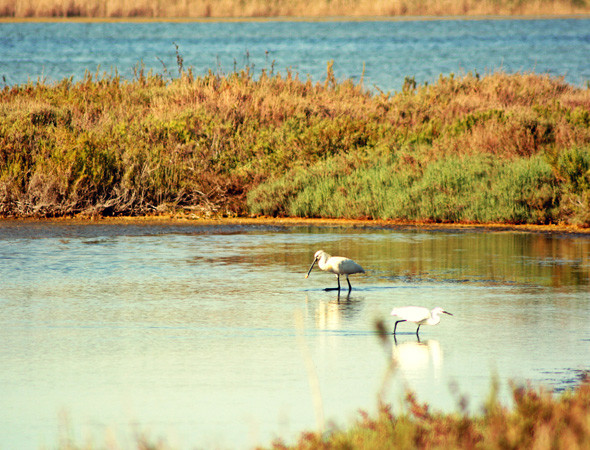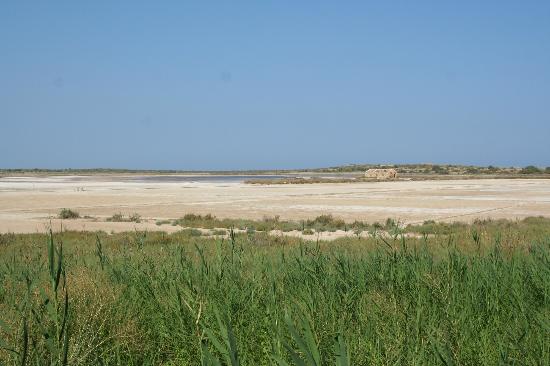
Vendicari Wildlife Oasis Oriented Nature Reserve
This post is also available in:
 Italiano (Italian)
Italiano (Italian)
The Vendicari Wildlife Reserve is located in the province of Siracusa, between Noto and Marzamemi. Officially established in 1984 but opened only in 1989, it now covers 3.583 acres of “wetland of international importance”, according to the 1971 Ramsar Convention; it is currently managed by the Regional State Forestry Company.
The Vendicari Reserve covers about 3.736 acres, 2.315 of which constitute the “pre-reserve” area, dedicated to agriculture (citrus and olive groves, vineyards and vegetable gardens).
It includes archaeological and architectural settlements dating back even to the first Greek inhabitants, traces of storage tanks of a Roman fish processing facility, a small necropolis, and a Swabian tower, built at the end of the XIV century. There is also a “tonnara” (“tuna fishery”), several canals connected to the sea, and other installations for processing seafood – they remained active until mid-XX century.
The presence of large marshes with high salinity has contributed to the creation of an ecosystem highly favoured by birds migrating from Africa. It includes different biotopes: rocky coasts, sandy coasts, the Mediterranean scrub, marshes (brackish and freshwater), salt marshes, garrigue, and some cultivated areas. The typical Mediterranean vegetation includes dwarf palms, rosemary, brooms, sea fennels, myrtles and oleanders. The most important bird species are represented by pink flamingos, storks, seagulls, herons, black-winged stilts, and many more.
The “Piccolo”, “Grande” and “Roveto” marshes, as well as the two smaller ones of “Sichilli” and “Scirbia”, are particularly interesting. In this very area, only the “Pantano Piccolo” pond never dries up, thanks to the presence of brackish water springs. The average depth of the three main marshes is 11.8-15.7 inches, dipping to 3.2-6.5 ft.
The reserve is full of beaches: “Eloro” (to the north), next to the beaches of “Marianelli” and “Calamosche”, “Vendicari”, near the tuna fishery, and the beach of San Lorenzo to the South.
HISTORY
The area was inhabited in the Byzantine era (up to the VI century AD). Inside it, there is the Sveva Tower, probably built by Pietro d’Aragona (Count of Alburquerque and duke of Noto – 1406-1438), the brother of Alfonso V of Aragon (king of Spain and Sicily – 1416-1458), and the tuna fishery of “Vendicari”, built in 1700 along with several facilities and fishermen’s houses. The “tonnara” stopped its activity in 1943.
In the nearby district of Caddeddi, there is the Roman villa of Tellaro, dating back to the IV century AD, with a mosaic floor representing hunting scenes and other fascinating images – it’s considered among the most beautiful in Italy.
FLORA
Regarded as a “coastal wetland”, the Vendicari Reserve is rich in water, but with a high content of salt. Therefore, only a few plants and animal organisms have adapted to live in such peculiar ecosystems.
Halophytic plants (which have adapted to this type of soil) can actually eliminate the salt they don’t require, while succulent species accumulate fresh water in their tissues. Other plants, such as juniper, tamarisk and glasswort, can minimize transpiration and water loss by reducing their leaf surface.
The coastal strip is a continuous alternation of sandy and rocky stretches, so the vegetation presents a similar variety of rock plants and psammophilous plants (lovers of the sand).
In the rocky stretches, coming from the sea, species can be found:
– Halophytic-rocky strip:
Rock samphire (Crithmum maritimum), chicory (Cichorium spinosum), exclusively endemic to this area, Limonium syracusanum, and Limonium virgatum.
-Narrow garrigue strip: Mediterranean wild thyme (Thymus capitatus), fan palms (Chamaerops humilis), shaggy sparrow-wort (Thymelaea hirsuta), tree germander (Teucrium fruticans), Iris planifolia, Prasium majuszò, and many orchid species.
-Bush strip: autumn mandrake (Mandragora autumnalis).
– Narrow garrigue strip, Mediterranean scrub: mastic trees (Pistacia lentiscus), wild olive trees (Olea europaea sylvestris), narrow-leaved mock privets (Phillyrea angustifolia), myrtle (Myrtus communis), squill (Urginea maritima), and fan palms (Chamaerops humilis).
-Halophytic-hygrophilous strip: Arthrocnemum glaucum, Juncus subulatus, Salicornia fruticosa, Salicornia radicantis, Triglochin bulbosum, Hordeum maritimum, Limonium serotinum, Hyparrhenia hirta, Lotus edulis, Stipa retorta, Trifolium stellatum, Iris sisyrinchium, and Suade vera.
-Vegetation submerged in swamps, flooded for long periods of the year: Ruppia maritima
Potamogeton pectinatus, and Lamprothanium papulosum.
-Vegetation of the inner banks of the marshes: Scirpus spp., Carex spp., Juncus spp., reed (Phragmites australis), and giant reed (Arundo donax).
-Bunch of large rhizomatous grasses: Agropyrum junceum mediterraneum, Sporobolus arenarius, Eryngium marittima, Echinophora spinosa, Cyperus capitatus, Cutandia maritima,
Ammophila arenaria arundinacea, Medicago marina, Larenea resedifolia, and Pancratium maritimum.
– Juniper bush (Juniperus macrocarpa), Ephedra fragilis, Pistacia lentiscus, Phillyrea angustifolia, Clematis cirrhosa, and Rosmarinus officinalis.
FAUNA
There are numerous species of birds that stop in Vendicari during their migrations: waders, grey herons, storks, flamingos and, moreover, mallards, seagulls, cormorants and black-winged stilts on their journey from the Sahara Desert. The month of December is the best for bird watching activities.
In addition to birds, there are amphibians such as African green toads (Bufo siculus); among the reptiles, there green whip snakes (Hierophis viridiflavus), European ratsnakes (Elaphe situla), and Sicilian pond turtles (Emys trinacris).
Mammal species include foxes, hedgehogs, porcupines, and wild rabbits.
Among the insects, the presence of two cycadales should be noted: Lophyra flexuosa circumflexa and Calomera littoralis nemoralis.
This post is also available in:
 Italiano (Italian)
Italiano (Italian)
Contatti
Via S. Giovanni alle Catacombe 7 - Noto(SR)
0931 6745
info@oasivendicari.net

